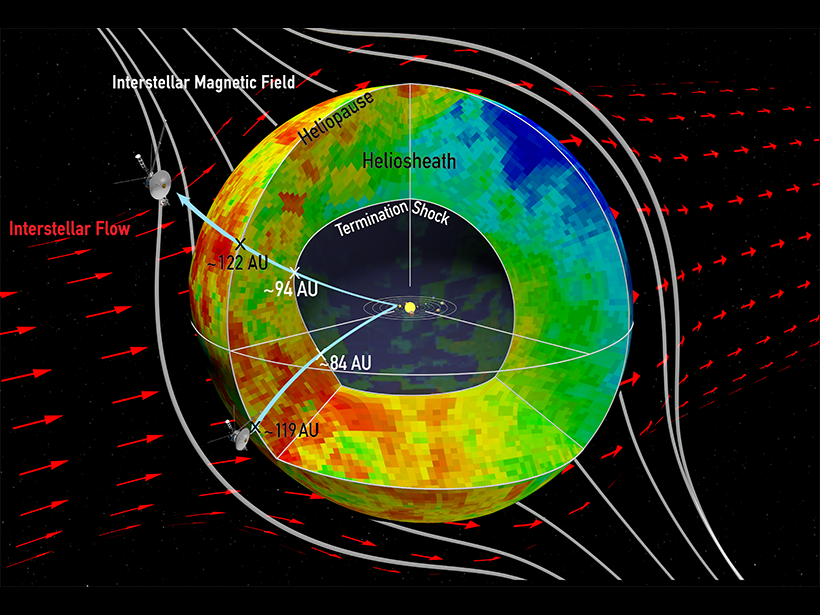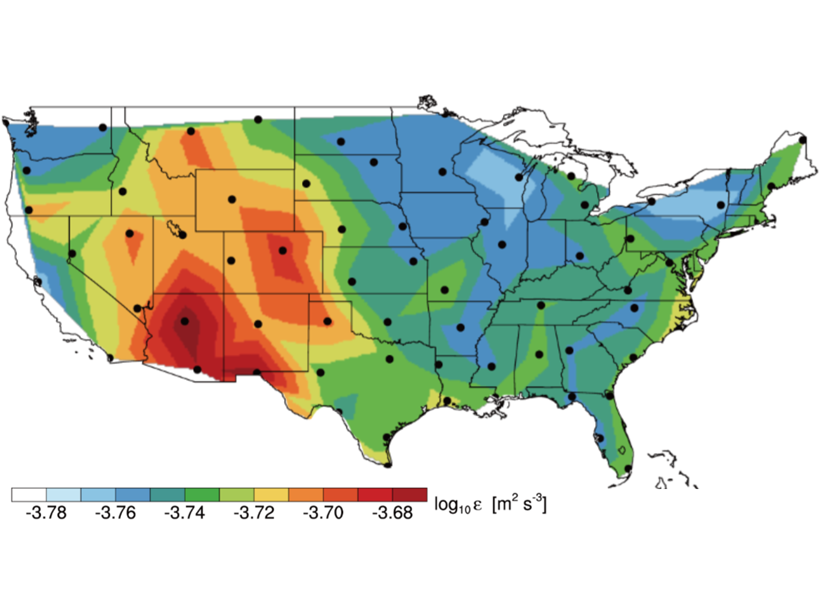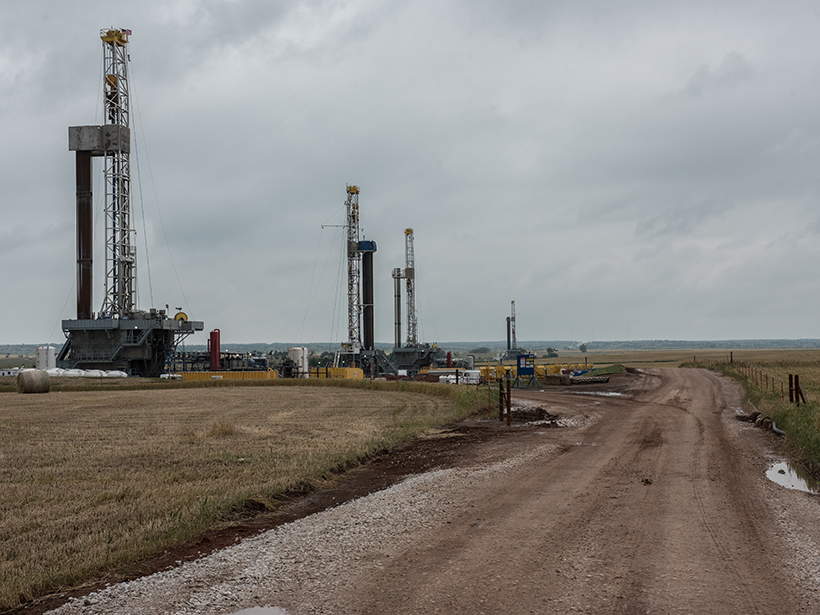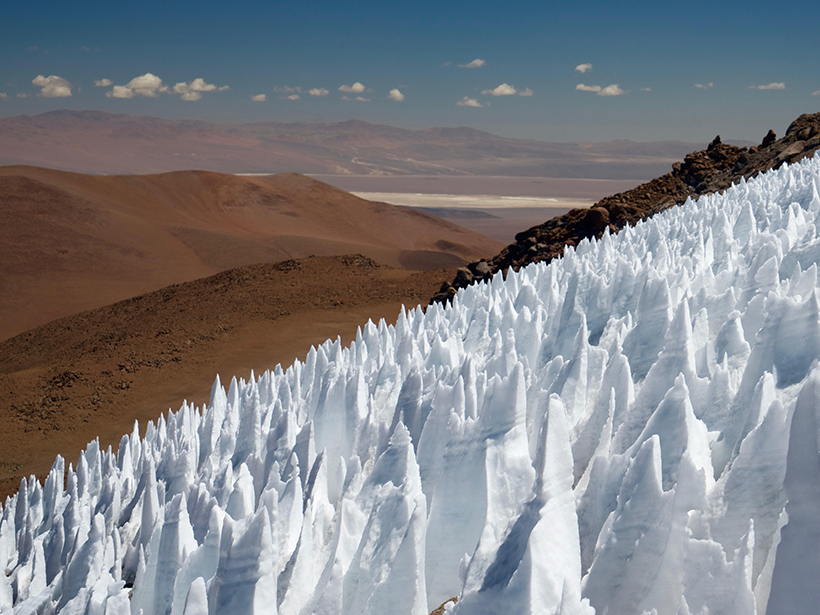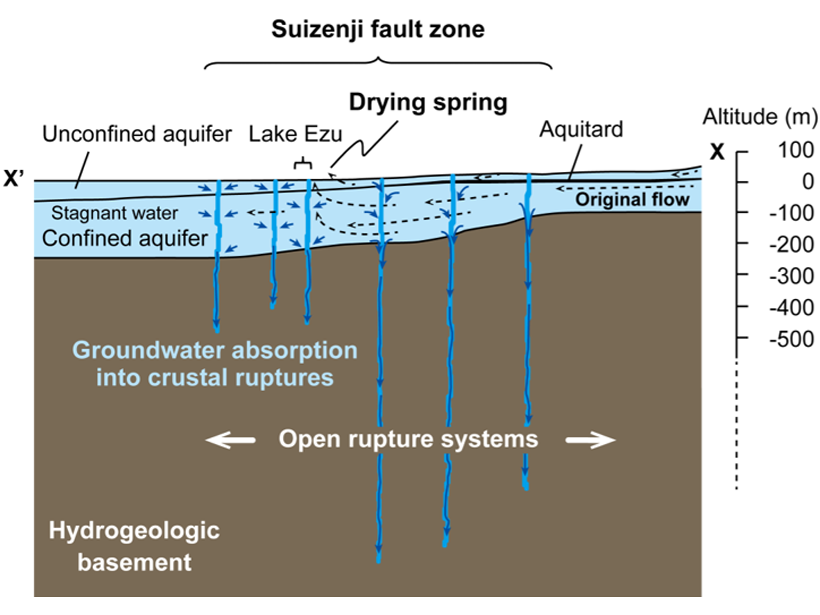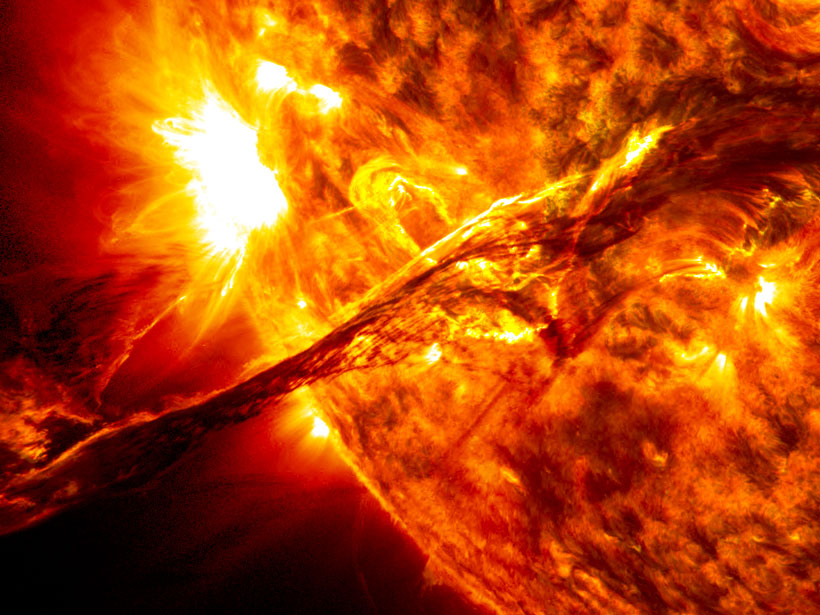In the tightly confined region between the innermost ring and the planet’s upper atmosphere, the Cassini spacecraft observed signatures of a previously undetected current system.
CC BY-NC-ND 2019
Wind-Triggered Ground Shaking Masks Microseismicity
Ground motion caused by gusts of wind can drown out signals from the smallest earthquakes, potentially confusing earthquake detection algorithms.
Sampling the Space Between the Stars
Data from the Cassini and Voyager spacecraft reveal new information about the Sun’s magnetic bubble.
Radiosondes Measure Atmospheric Turbulence Over North America
Analyses of high-resolution radiosonde balloon measurements have provided a novel climatology of atmospheric turbulence parameters in the troposphere and lower stratosphere.
Sinking Wastewater Triggers Deeper, Stronger Earthquakes
The effects of pumping wastewater from oil and gas extractions may last a decade or more after the injections stop.
Microbes Spotted on Blades of Ice High in the Andes
Researchers discover microbial life on ice spires known as penitentes on the arid, sunlight-blasted upper reaches of Llullaillaco, one of the best earthly analogues for Mars.
Groundwater Drawn Downward After Kumamoto Quake
A unique set of high-frequency groundwater level monitoring reveals a loss of approximately ten million cubic meters of groundwater after a major earthquake.
Past Climate Sensitivity Not Always Key to the Future
New research suggests that changes in continental configuration, solar brightness, and background atmospheric carbon dioxide levels all conspire to drive Earth’s climate sensitivity over geologic time.
Earthquakes Shake Up Groundwater Systems
Increased permeability temporarily boosts water flow.
Moon Sheds Light on Early Solar Spin
Lunar samples reveal that the Sun spun relatively slowly in its first billion years and blasted the Earth and Moon with coronal mass ejections.



